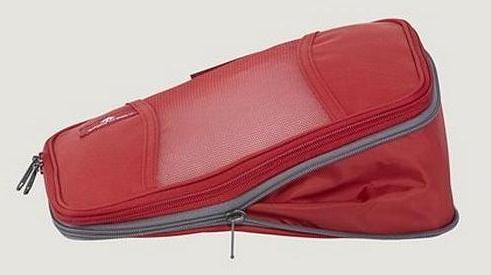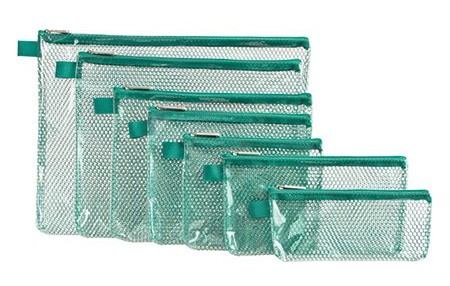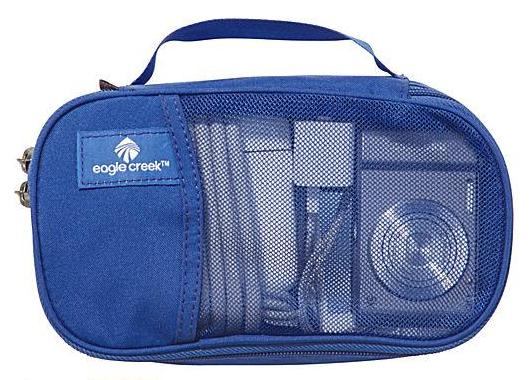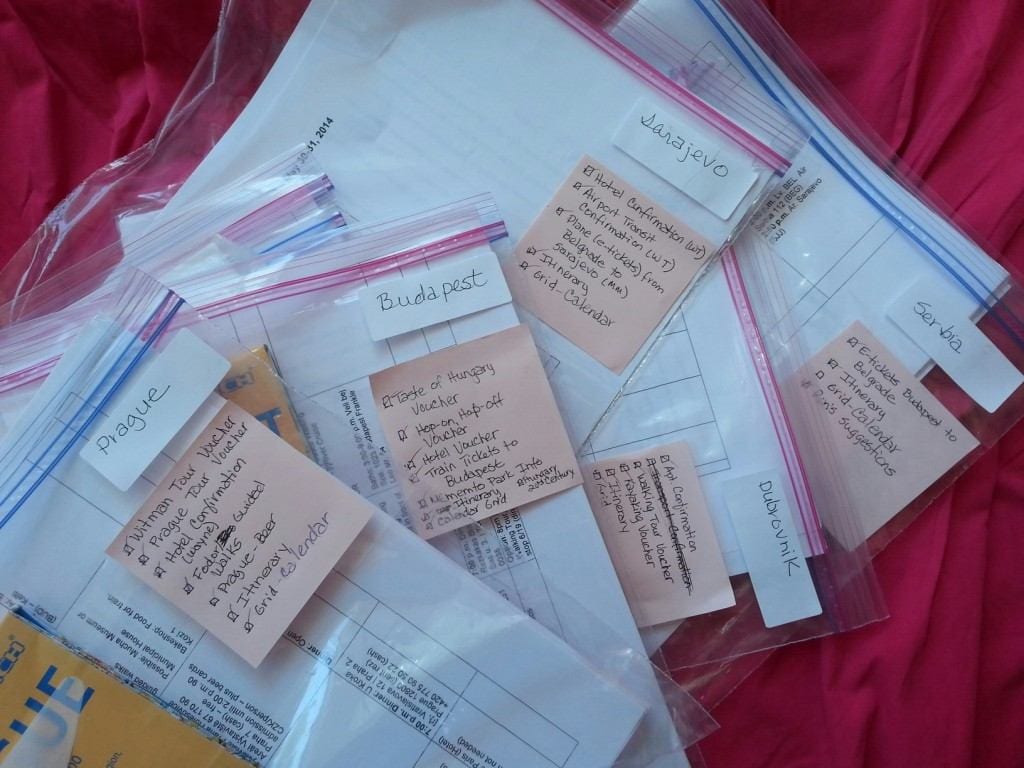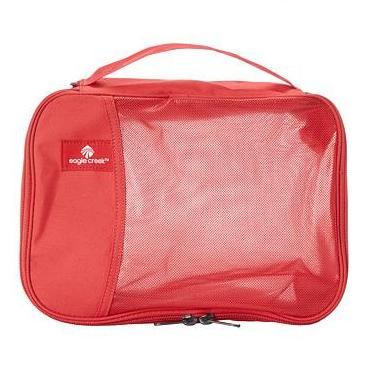 Packing can be a challenge, especially when you’re trying to maximize all the space in your suitcase without going over the weight limit. But what about keeping all of your items organized? One method is to use plastic bags, but is there a better option? Contributing writer and travel gear enthusiast Margaret Magnus shares her recent experience with packing cubes—and how they made it easier to prepare for a trip.
Packing can be a challenge, especially when you’re trying to maximize all the space in your suitcase without going over the weight limit. But what about keeping all of your items organized? One method is to use plastic bags, but is there a better option? Contributing writer and travel gear enthusiast Margaret Magnus shares her recent experience with packing cubes—and how they made it easier to prepare for a trip.
Years ago, when I carried a duffle bag, I used plastic bags as an organizing system to help sort my clothes because I always thought packing cubes were a needless expense.
It wasn’t until I attended a travel seminar, and learned about the useful functionality of packing cubes, that I became intrigued with the possibilities. An upcoming trip to India was the perfect time to try them out first hand. The result? I was hooked, and packing cubes quickly became one of my travel staples.
Here are a few tips for selecting the right travel cube—it’s not as straightforward as it might seem. Some of the more popular brands include Eagle Creek, Travelon, and eBags, but I encourage you to seek out other brands as well.
Structured or Unstructured
For some packing cube brands there are two types of cubes—one that has some structure and one that is unstructured. I tested them both.
The structured version provides more convenient sorting—as in the color of clothes—whereas the unstructured worked best when all items were alike, such as black socks.
For items that required some selection, like color for my tops, I found the more structured cube easier to use. I rolled the tops and packed them side-by-side in the cube. Then, when getting dressed, I unzipped the cube and quickly selected the one I wanted.
With either option, even if I didn’t completely fill the cube, it easily squashed down in my luggage. Unlike plastic bags, I didn’t have to worry about air being trapped in the cube.
Small Cubes
I was surprised to find how much clothing fit into a small cube. Ultimately, I wanted more of the smaller cubes than originally anticipated.
To help determine how many packing cubes—and what sizes—you might need, I suggest you pick a brand and buy one of each size. Then do some practice packing to determine how many cubes you will actually use, and which size is best for you.
The Dirty Clothes Compartment
Some cubes have two pockets—one for clean clothes, and one for dirty clothes. It’s a convenient way to keep track of what’s dirty and what’s clean, and it ensures the items are kept separate. If you’re traveling with younger kids, you can stow bibs and other messy items away and deal with them later.
Compression vs. Non-Compression
Much of the promotion about packing cubes is their ability to compress your clothes by squeezing out the excess air so that the whole package takes up less room in your suitcase. I have seen it demonstrated, and the compression is impressive, but not all packing cubes have this compression feature. You have to specifically identify the cube as a compression cube, so be careful when picking one out.
Shape
Packing cubes come in a variety of shapes—not just squares. Tubes, for example, can accommodate oddball items like a curling iron. There are also packing envelopes, which are convenient for pants, skirts, and shirts.
Carry-On Cubes
People often only buy packing cubes for larger suitcases, but they are equally helpful in your carry-on, where important documents, headphones, and snacks can easily get lost. How many times have we all panicked trying to find our ID at TSA? With a small packing cube, you can keep all of your most-used items in a convenient spot and avoid the groans and eye rolls of annoyed passengers as you hold up the line.
Use Plastic Bags for Wet Items, Food, and Liquids
Plastic bags are still handy for packing wet items and keeping items dry in your bag, particularly if you think it will be exposed to rain for long periods of time and it’s not waterproof.
Plastic bags are also useful for food items (such as airplane snacks), liquids (in case the top isn’t tight), and anything else that needs protection from the elements, including paperwork.
For more travel gear and travel tips from Margaret Magnus, check out:
- 15 Travel Gear Must Haves for Summer
- Your Checklist for International Travel
- Tips for Choosing the Right Daypack
- 8 Ways to Make Your Flight More Enjoyable
By Margaret Magnus for PeterGreenberg.com. Margaret Magnus has been traveling internationally since the early 1970s and has been to 24 countries. Her last trip was to the Czech Republic, Hungary, Serbia, Bosnia-Herzegovina, Montenegro and Croatia, and it didn’t involve a cruise.













